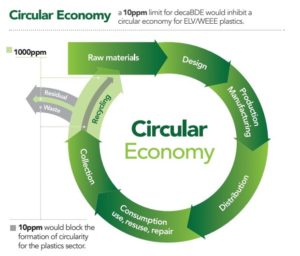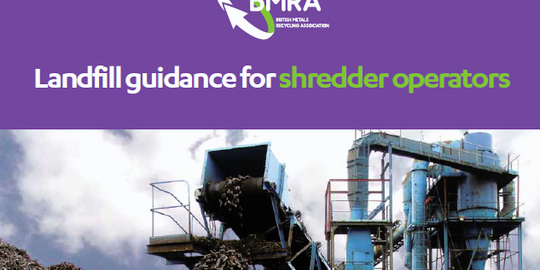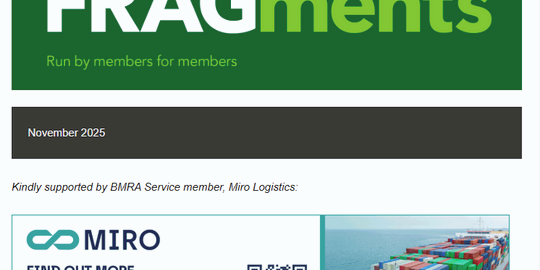New blog looks at metals and the Government’s Resources and Waste Strategy
Written by Antonia Grey, Public Affairs and Commuications:
My aunt often uses left-over boxes when wrapping presents. This means that the recipient never quite knows how to react when opening a present. Will it be what it says on the box, something even better or somewhat of a disappointment.
When the Government’s Resources and Waste Strategy arrived in the last days of December, I felt much the same way. Would it do what was heralded in the lead up to its arrival, or would it turn out to be a damp squib?
While the overall ambition of the Strategy is heartening, and many of the proposals encouraging, the focus on single-use plastics and household waste to the detriment of other materials such as metals and durable plastics let alone complete waste streams such as post-industrial waste is disappointing. The absence of real detail and the unambitious timelines also make it feel like the Strategy needed a little more in development perhaps.
The lack of any significant reference to metals recycling in particular is somewhat curious given this sector recycles some 12 million tonnes of mixed metals every year.
In short, when it comes to the Strategy’s aspirations of ‘preserving our stock of material resources by minimising waste, promoting resource efficiency and moving towards a circular economy’, metals are the perfect poster child. Metal is a permanent material and can therefore be recycled forever. For example, it is estimated that two-thirds of the copper mined since 1900 and 75 percent of the aluminium ever made is still in use today.
What about the other resources?
When it comes to plans for ‘encouraging’ eco-design, the use of recycled content, and recyclability, while any measure that promotes the use of secondary materials is laudable, the Resources and Waste Strategy seemingly focuses on just one resource by, for example, setting a tax related to recycled content for plastic packaging. What about the other resources? I also wonder whether a carrot rather than a stick might be more effective in bringing about additional change, which could be in the form of tax incentives or carbon credits, for example.
It would have been nice to have seen firmer commitments in terms of green procurement too. Given the Government procures around £50 billion worth of products and services each year, it could set itself spending targets for sustainable products as part of its green procurement policies. These could have been similar to its commitment to £1 in every £3 with SMEs by 2022 through both direct and indirect spending.
Waste crime, more than just fly-tipping
Reading what detail there is about the Government’s plans for tackling waste crime, I can’t help but feel that these plans don’t include the endemic illegal operators in the metals recycling sector. This may be because there is scant information and even less detail on how this drive will be funded but I fear it is because while waste crime is a high-profile issue, illegal operators in the metals sector are not. Whilst it is true that the risk of abandoned sites or fly tipping scrap is negligible because of scrap’s positive value, cash-paying operators are affecting legitimate business and providing an attractive disposal route for thieves looking to get rid of stolen metals.
It’s more than just metal
In fact, I think the fact scrap metal has that positive value, i.e. metal is sold to us rather than us being paid to process it, means the sector is often forgotten about when it

comes to discussions around resources and waste. But we are also the sector that processes some 665,000 tonnes of the durable plastics which arise from end-of-life vehicles and waste electrical and electronic equipment. This means we are facing series issues related to legacy additives such as Brominated Flame Retardants found within the plastic.
With this in mind, it is therefore encouraging that the Government is looking to address the issue of chemicals in secondary materials whilst not affecting the functionality of those secondary materials. In considering different rules for chemicals in primary and secondary materials in its proposed Chemicals Strategy could be a stop-solution to tackling legacy additives and offer a more mindful view on use of chemicals such as cobalt in stainless steel.
With all this in mind, I really hope that Government begins work on delivering this Strategy soon; single-use plastic and household waste focused or not. I don’t think that there has been a greater or more visible opportunity for us to demonstrate what we have known for years. Scrap metal is a precious resource not a waste and we are ready to work closely with Government to achieve its goals.



